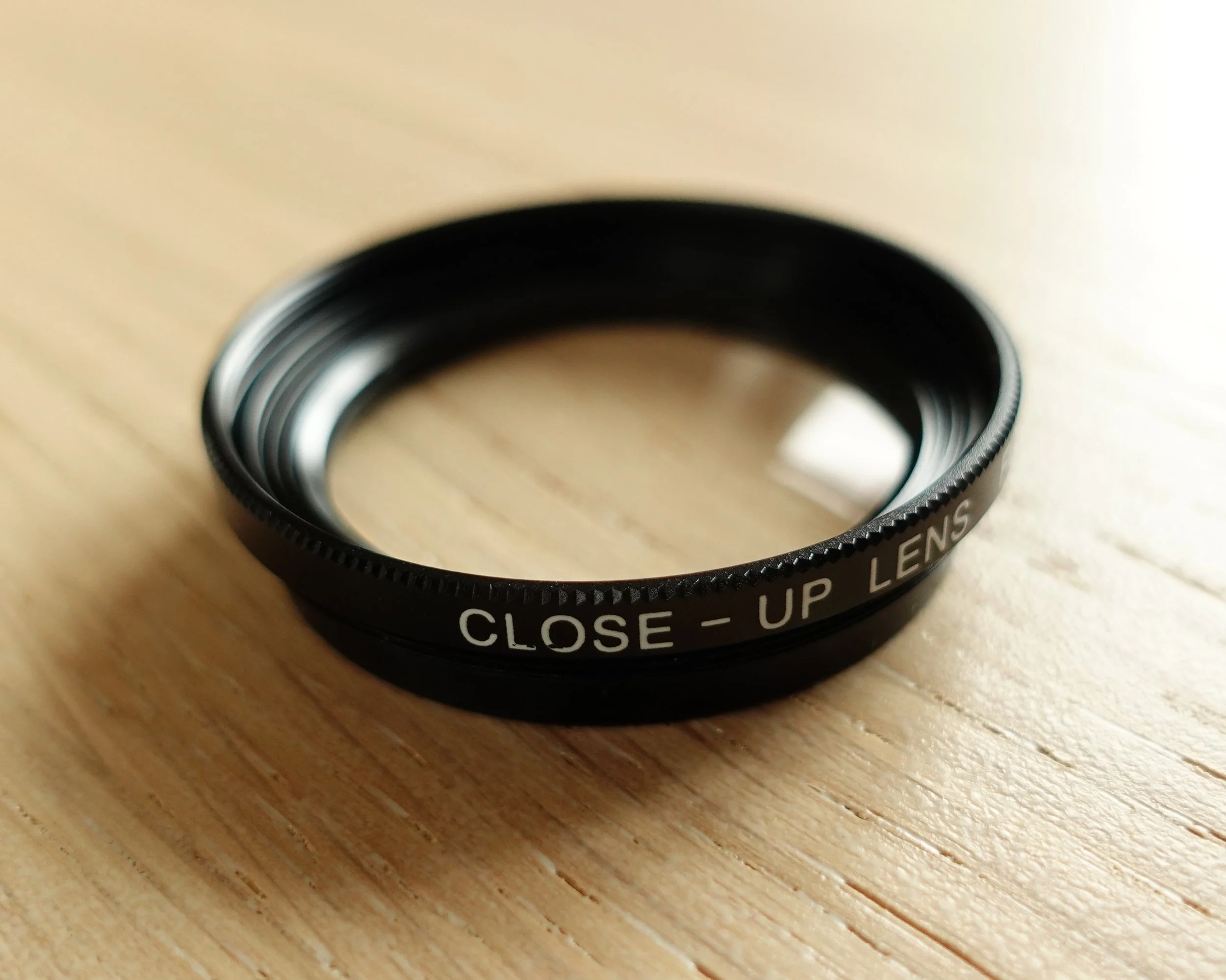Voigtländer 40mm Ultron SL-II vs. SL-IIS
Voitglander 40mm Ultron SL-II (left) and the SL-IIS (right)
Introduction
When Voigtlander released the retro-styled 40mm Ultron SL-IIS f/2 I did not hesitate a second and got myself the black version.
Having a small, high-quality manual focus 40mm lens which is compatible with my analog and digital Nikon cameras was just too tempting.
Spoiler: It is an excellent lens, I love it and use it a lot.
By coincidence, I got my hands on the previous version of this lens, the 40mm Ultron SL-II f/2. Time for a comparative review!
Review
Commonalities
Both full metal lenses are of high build quality. They also have a CPU-chip built in, which enables them to communicate exposure and distance information to newer Nikon bodies, ensuring accurate exposure and flash metering.
Both lenses were made in Japan by Cosina under the Voigtlander brand.
The optical path in both lenses consist of 6 lens elements in 5 groups.
Voitglander 40mm Ultron SL-II (left) and the SL-IIS (right)
Image Quality
I’ve put both lenses through their paces and took test shots in real world scenarios at close, medium and long distance. I tried my best to find any meaningful image quality differences, but they are almost non existent.
In general, it is important to state that both lenses deliver very good performance. There is a visible jump in sharpness from f/2 to f/2.8 and vignetting is significantly reduced at f/4.
In high contrast areas, it is possible to get some color fringing and it seems that the newer version is a little bit better in this regard.
Close-Up Comparison
Both lenses were tested on the Nikon D800. The test shots were taken at 0.38m subject distance and the sample images represent crops of the reference image.
Differences in brightness stem from slightly changing lighting conditions.
Reference Image
SL-II f/2
SL-II f/2.8
SL-II f/4
SL-IIS f/4
Medium Distance Comparison
Both lenses were tested on the Nikon D800. The test shots were taken at subject 5m distance and the sample images represent crops of the reference image.
Differences in brightness stem from slightly changing lighting conditions.
Reference Image
SL-II f/8
SL-IIS f/4
Long Distance Comparison
Both lenses were tested on the Nikon D800. The test shots were taken at almost infinity focus and the sample images represent crops of the reference image.
Differences in brightness stem from slightly changing lighting conditions.
Reference Image
SL-II f/2
SL-IIS f/2
Differences
Compatibility
Both lenses are compatible with almost all Nikon bodies, but the new Ultron SL-IIS takes things even one step further with its coupling prong (aka bunny ears), therefore making it fully compatible to all pre-AI camera bodies. Voigtlander truly went above and beyond.
Voitglander 40mm Ultron SL-II (left) and the SL-IIS (right)
Handling and Design
The most striking difference between these two lenses is how their housing is designed.
Voitglander 40mm Ultron SL-II on the Nikon FM3A
While the SL-II goes for a sleek, almost modern design, the new SL-IIS mimics the legendary ridge-and-valley design that was very common in the 70ies.
Voitglander 40mm Ultron SL-II on the Nikon FM3A
The SL-IIS is also quite a bit bigger and heavier, weighing 252.5g compared to the lighter SL-II weighing 179.5g.
Handling wise, I prefer the SL-IIS by far. The bigger size and the focusing ring are more pleasant to use.
From a portability perspective, the older SL-II is unbeatable. It is one of the smallest 40mm lenses I’ve ever seen.
Close Focus
Another important difference is that the new Ultron 40mm focuses as close as 0.25m, which is very useful.
The old Ultron SL-II falls short with 0.38m, but comes with a screw-in close-up lens to somehow make up for that.
Close-Up Lens for the Voigtlander 40mm Ultron SL-II
Conclusion
If you are looking for a 40mm lens for your Nikon, Voigtlander sure got you covered.
Both lenses are very good, so the decision which one to get comes down to choosing between ultimate portability and slightly better optical properties.
My personal favorite: The Voigtlander SL-IIS













